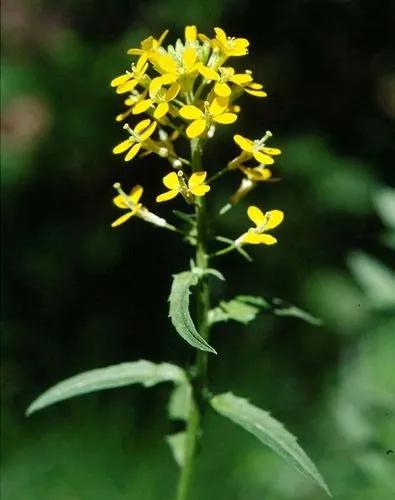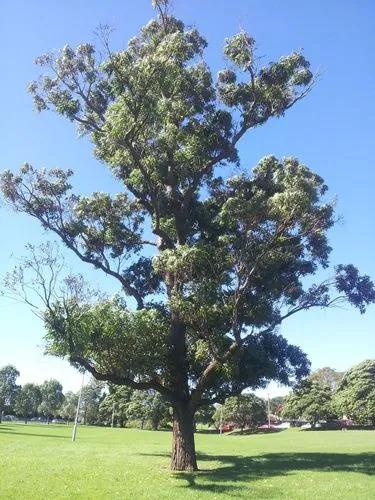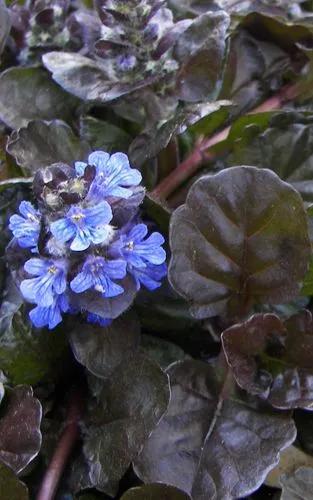Senecio vernalis is one of the European species of Senecio, an annual that is also known as eastern groundsel. While it has been long classified as Senecio vernalis, this species has more recently been described as a subspecies of Senecio leucanthemifolius and is now included by some in that species
Spring Groundsel, Eastern Groundsel Care
Senecio vernalis



Eastern groundsel is a "lovely yellow-flowering weed found by the roadside and on the edges of fields" that can be sometimes confused with S. eboracensis.
Stems and leaves
Leaves usually wavey, dissected, with lateral lobes that are about as long as width of central undivided portion, usually conspicuously covered with fine hairs. The edges are serrated. Leaves alternate one leaf per node along the stem.
Seeds
The oldest collection of seeds recorded was 16 years; average germination change for these was from 100% to 82.5%, with a mean storage period 13 years. Invasive in North Carolina.
This plant might be poisonous
How to get rid of:
Plant-killing chemicals, or herbicides, are one of the best weapons against brushy weeds, because they can kill leaves, stems and roots when applied properly. They're especially helpful when you're faced with a large weedy area. In many cases, you'll achieve best success when you combine herbicides with other weed control methods.
Timing is key when applying herbicides; follow label instructions carefully. Most brush killer herbicides also kill desirable plants, so protect existing vegetation when spraying.
How to Care for the Plant

Popularity

70 people already have this plant 7 people have added this plant to their wishlists
Discover more plants with the list below
Popular articles






